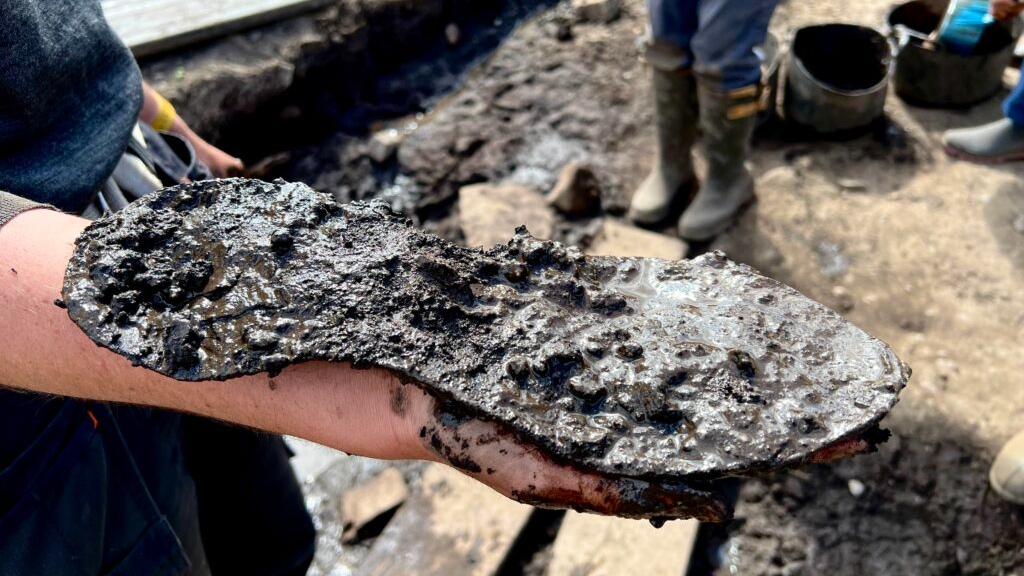Perpetual Motion 'Time Crystals' May Exist, Physicist Says
From diamonds to snowflakes to salt, crystals are common in nature. The arrangement of their atoms in orderly, repeating patterns extending in all three spatial dimensions doesn't just make them nice to look at; crystals are also the vital components of technologies from electrical transistors to LCD screens. In groundbreaking new research, Nobel-winning physicist Frank Wilzcek contends that “time crystals,” moving structures that repeat periodically in the fourth dimension, exist as well.
A time crystal would be a physical object whose constituent parts move in a repeating pattern. Think of a kaleidoscope, whose sparkly bits swirl on loop forever, or a clock, whose hour hand completes a 360-degree turn every 12 hours. But unlike clocks or other common objects with moving parts, time crystals would run forever under their own steam — perpetual motion devices permitted by the laws of physics.
These bizarre objects have never been conceived of previously, but Wilczek, a theoretical physicist at the Massachusetts Institute of Technology and winner of the 2004 Nobel Prize in Physics for his work on the strong nuclear force, thinks they either already exist in nature or could soon be engineered.
Many types of time crystals are possible. “The simplest realization would be some system whose geometry allows it to move in a circle and come around after a certain time to the same place,” Wilczek told Life’s Little Mysteries. A more complicated configuration could be a collection of atoms moving fluidly in three dimensions but all periodically returning to their starting points.
The characteristic trait of a time crystal, Wilczek says, is that it moves without consuming or shedding any energy. Instead, it is in a stable, minimum-energy state, just as diamonds and other conventional crystals are. Even so, it is also in a state of perpetual motion. [Album: Visualizations of Infinity]
Unlike perpetual motion machines, Wilczek said time crystals would not violate the law of conservation of energy. “Usually perpetual motion machines are banished because they are not in their ground state, so their energy is expended as they move and they eventually run out. In time crystals, energy is conserved because nothing is taken away. The novelty is that, in these objects, the energy has its minimum configuration, but the velocities [of atoms in the object] are not zero,” he said.
As argued in his new paper, time crystals follow as a natural consequence of what physicists call “time symmetry breaking.” It works like this: Wherever you are in space, and wherever you are in time, physics works the same way. You could set up a physics experiment, run some tests, then pick up the setup and shift it an arbitrary small distance in any direction, or wait an arbitrarily small amount of time, and run the tests again. You’d get the same results in all the test runs. Space and time are thus said to be perfectly symmetric.
Sign up for the Live Science daily newsletter now
Get the world’s most fascinating discoveries delivered straight to your inbox.
Crystals, on the other hand, must be shifted by set increments in order for their latticework structure to appear identical, and for experimental investigations of the crystals to produce the same results. If, for example, you shifted a diamond lattice so that its atoms moved only halfway to the spot where the adjacent atoms used to be, the lattice wouldn’t look quite the same, and the crystal wouldn't scatter X-rays in the same patterns.
Thus, because they are slightly less symmetric than space itself, diamonds “break” the symmetry of space. Wilzcek’s big insight is that crystals that break the symmetry of time are allowed to exist, too. And in two new papers, he worked out the math to prove it. [5 Seriously Mind-Boggling Math Facts ]
Normal crystals are often imperfect, and Wilzcek thinks it might be possible to discover or build an imperfect time crystal — an object that moves in an almost cyclic manner but is slightly off-kilter in a way that makes it radiate energy, very slowly, for an extremely long time. True time crystals also might exist in nature and are likely to be realizable in the lab, he said.
While they would seem too spectacular to be useless, it’s too early to tell what they’d be used for.
“The current investigation is to find consistent theoretical possibilities. Then, if nature is kind and has a sense of humor, a time crystal will show up somewhere,” Wilzcek said. “To help experimentalists, we would like to guide the search by first of all suggesting what materials might be particularly promising, and second, scoping out how you might know it when you see it.”
Wilzcek laid out his arguments in a pair of papers posted Feb. 12 on arXiv.org, one of which was co-authored by physicist Alfred Shapere of the University of Kentucky. The authors plan to submit their work to Physical Review Letters in the coming days. (In the meantime, journals are asking them for permission to publish the remarkable papers.)
Follow Natalie Wolchover on Twitter @nattyover. Follow Life's Little Mysteries on Twitter @llmysteries, then join us on Facebook.
Natalie Wolchover was a staff writer for Live Science from 2010 to 2012 and is currently a senior physics writer and editor for Quanta Magazine. She holds a bachelor's degree in physics from Tufts University and has studied physics at the University of California, Berkeley. Along with the staff of Quanta, Wolchover won the 2022 Pulitzer Prize for explanatory writing for her work on the building of the James Webb Space Telescope. Her work has also appeared in the The Best American Science and Nature Writing and The Best Writing on Mathematics, Nature, The New Yorker and Popular Science. She was the 2016 winner of the Evert Clark/Seth Payne Award, an annual prize for young science journalists, as well as the winner of the 2017 Science Communication Award for the American Institute of Physics.

